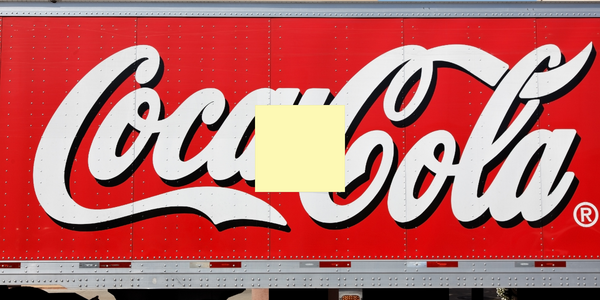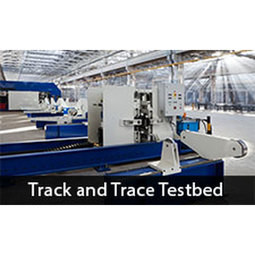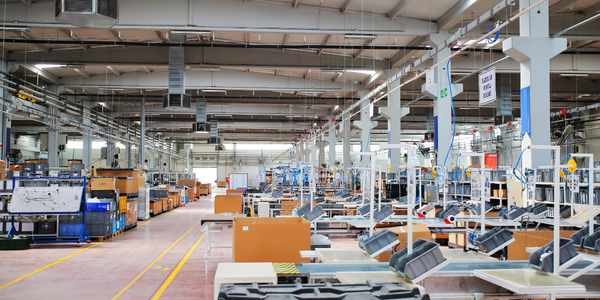Technology Category
- Functional Applications - Enterprise Asset Management Systems (EAM)
Applicable Functions
- Sales & Marketing
Use Cases
- Asset Health Management (AHM)
- Asset Lifecycle Management
About The Customer
The customer in this case study is Volkswagen Commercial Vehicles (VWCW), a division of the Volkswagen Group. VWCW is responsible for the manufacture and sale of light commercial vehicles and passenger vans. The brand has a rich history and is considered an icon in the automotive industry. However, in a credit-crunched, deal-oriented market, VWCW was struggling to overcome a price premium. The brand needed a strategy that could connect with potential customers on a deeper level and reinforce its place in culture.
The Challenge
Volkswagen Commercial Vehicles (VWCW) was facing a significant challenge in a credit-crunched, deal-oriented market. The brand was struggling to overcome a price premium, which was acting as a short-term rational barrier for potential customers. The challenge was to neutralize this barrier and remind drivers of the long and trusted bond between owners and the world’s greatest van brand. The situation required a strategy that could connect with the audience on a deeper level and reinforce VW’s place in culture by evoking the era in which the brand became an icon.
The Solution
The solution was to turn a cultural asset into a commercial asset. An emotional TVC was created to remind drivers of the long and trusted bond between owners and the world’s greatest van brand. The TVC was designed to connect with the audience on a deeper level and reinforce VW’s place in culture by evoking the era in which the brand became an icon. This strategy was aimed at neutralizing the short-term rational barrier of a price premium with a long-term emotional benefit. The TVC was part of a broader content and social advertising strategy.
Operational Impact
Quantitative Benefit

Case Study missing?
Start adding your own!
Register with your work email and create a new case study profile for your business.
Related Case Studies.

Case Study
Coca-Cola Refreshments, U.S.
Coca-Cola Refreshments owns and manages Coca-Cola branded refrigerators in retail establishments. Legacy systems were used to locate equipment information by logging onto multiple servers which took up to 8 hours to update information on 30-40 units. The company had no overall visibility into equipment status or maintenance history.

Case Study
IIC - Track and Trace Testbed
Factory systems can detect - within a meter - the location of a tool; Misuse of tools can result in serious accident or injury; The production of many industrial and consumer goods requires exacting work - down to the precise force used to tighten a screw. GOAL Manage smart, hand-held tools in manufacturing, maintenance, and industrial environments

Case Study
Marathon Petroleum Develops Collaborative Strategy for Optimizing APM
Since 1999, Marathon has been utilizing Asset Performance Management (APM) from Meridium (now acquired by GE Digital) for its day-to-day reliability needs across a number of its business units, and currently has over 1,300 APM users. After implementing SAP, Marathon found that the modules were deeply customized and difficult to adapt to the existing reliability program. As a result, Marathon began looking into how to improve its overall operational support

Case Study
Building Smart IoT-Connected Railways
• Difficult environment. Communications equipment on trains must function properly in harsh conditions, such as environment temperatures ranging from -25°C to +85°C, according to the EU standard EN50155.• Railway regulations. All products in a train must adhere to strict standards, relating to working vibration, power consumption, and lifetime.• Lengthy process. Time to market in the railway industry can take years from concept to mass production, so product design requires a solid long term vision.









